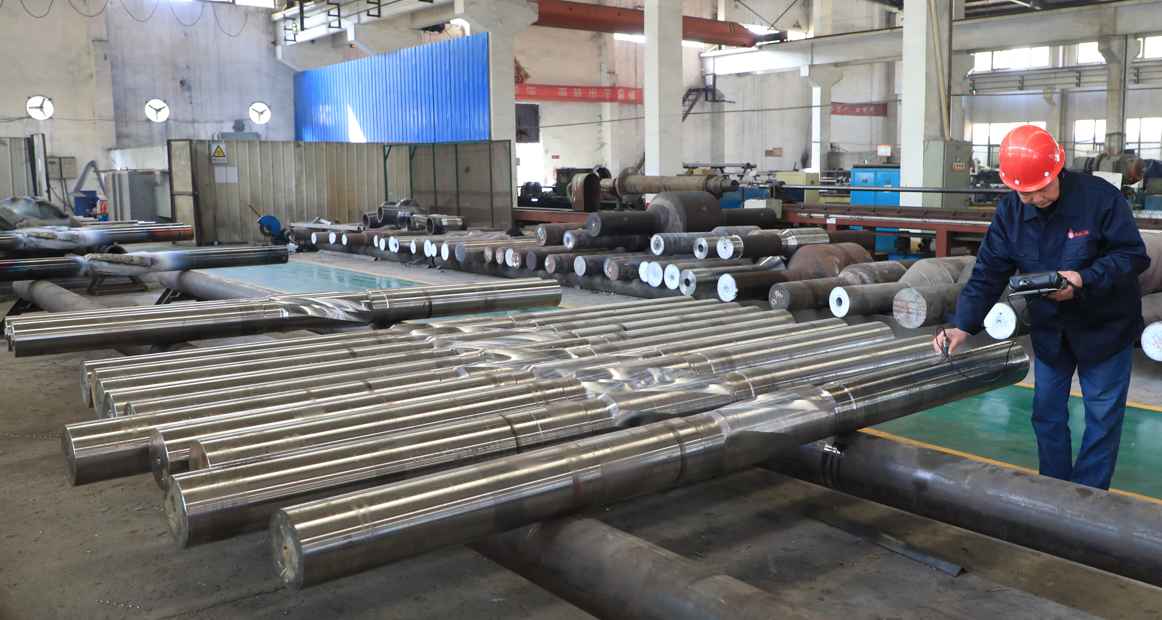Ultrasonic testing utilizes the numerous characteristics of ultrasound to determine whether there are defects inside the tested material or workpiece by observing the propagation changes of ultrasound in the tested material or workpiece displayed on the ultrasonic testing instrument.
The propagation and changes of ultrasound in the tested material or workpiece contain rich information, which can help us obtain detailed data about the internal structure. Through ultrasonic testing, we can detect various types of defects, such as cracks, corrosion, pores, and inclusions. These defects may have a significant impact on the strength, reliability, and safety of materials, therefore ultrasonic testing is of great significance in the engineering and manufacturing industries.
The principle of ultrasonic testing is based on the difference in the propagation speed of ultrasonic waves in different materials. When ultrasonic waves encounter interfaces or defects in materials, they will reflect, refract, or scatter. These signals are received by sensors and converted into images or waveforms for display through ultrasonic testing instruments. By analyzing parameters such as amplitude, time delay, and morphology of ultrasonic signals, we can determine the location, size, and properties of defects.
Ultrasonic testing has many advantages, making it a widely used testing method. Firstly, it is a non-contact detection technology that will not cause damage to the tested material or workpiece. This enables real-time monitoring of ultrasonic testing on the production line, improving production efficiency and product quality. Secondly, ultrasound can penetrate most solid materials, including metals, plastics, ceramics, and composite materials. This makes ultrasonic testing suitable for the testing needs of various materials and structures.
In addition, ultrasound testing can also provide quantitative information. By measuring the propagation speed and amplitude changes of ultrasonic waves, we can calculate the size and depth of defects. This ability is crucial for evaluating the integrity and reliability of the structure. For some special applications, such as the detection of pipelines, containers, and aircraft structures, ultrasonic testing is also widely used.
However, there are also some challenges and limitations in ultrasonic testing. Firstly, the propagation of ultrasound is influenced by factors such as material absorption, scattering, and diffraction. This may lead to attenuation of signal strength and distortion of shape, thereby reducing the accuracy of detection. Secondly, the propagation speed of ultrasound in materials is also influenced by factors such as temperature, humidity, and changes in material structure. Therefore, when designing and executing ultrasonic testing, it is necessary to consider these factors and perform calibration and correction.
In summary, ultrasonic testing is a reliable, flexible, and widely used non-destructive testing method. By observing the propagation and changes of ultrasonic waves in the tested material or workpiece, we can determine whether there are internal defects. With the continuous development of technology, ultrasonic testing will continue to play an important role in various fields, providing us with more accurate and reliable internal structures.
Post time: Nov-07-2023





